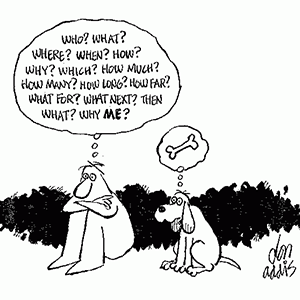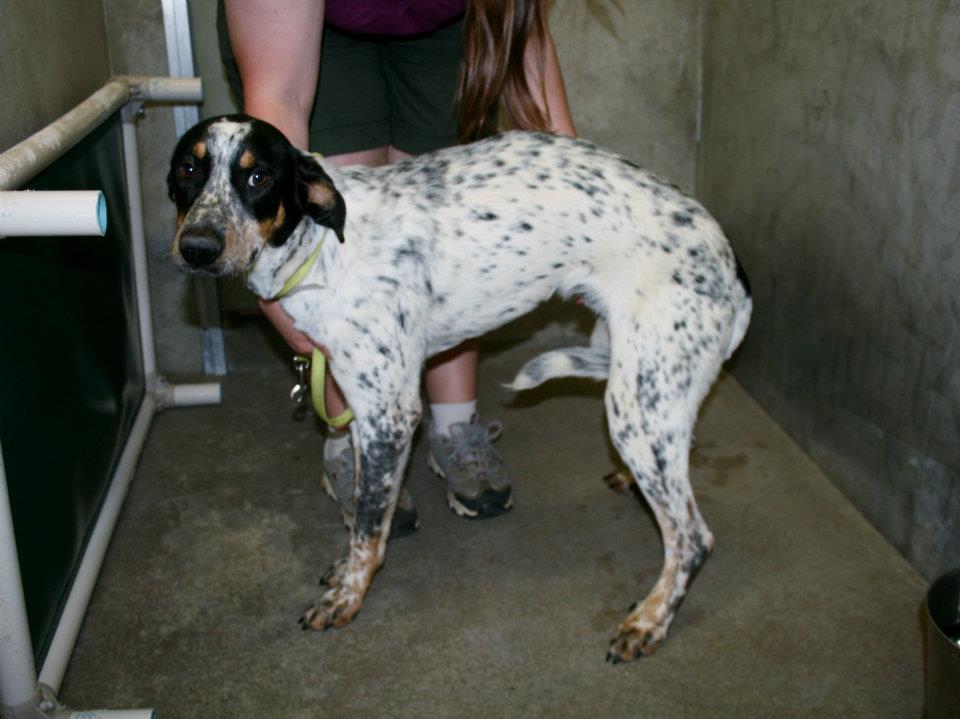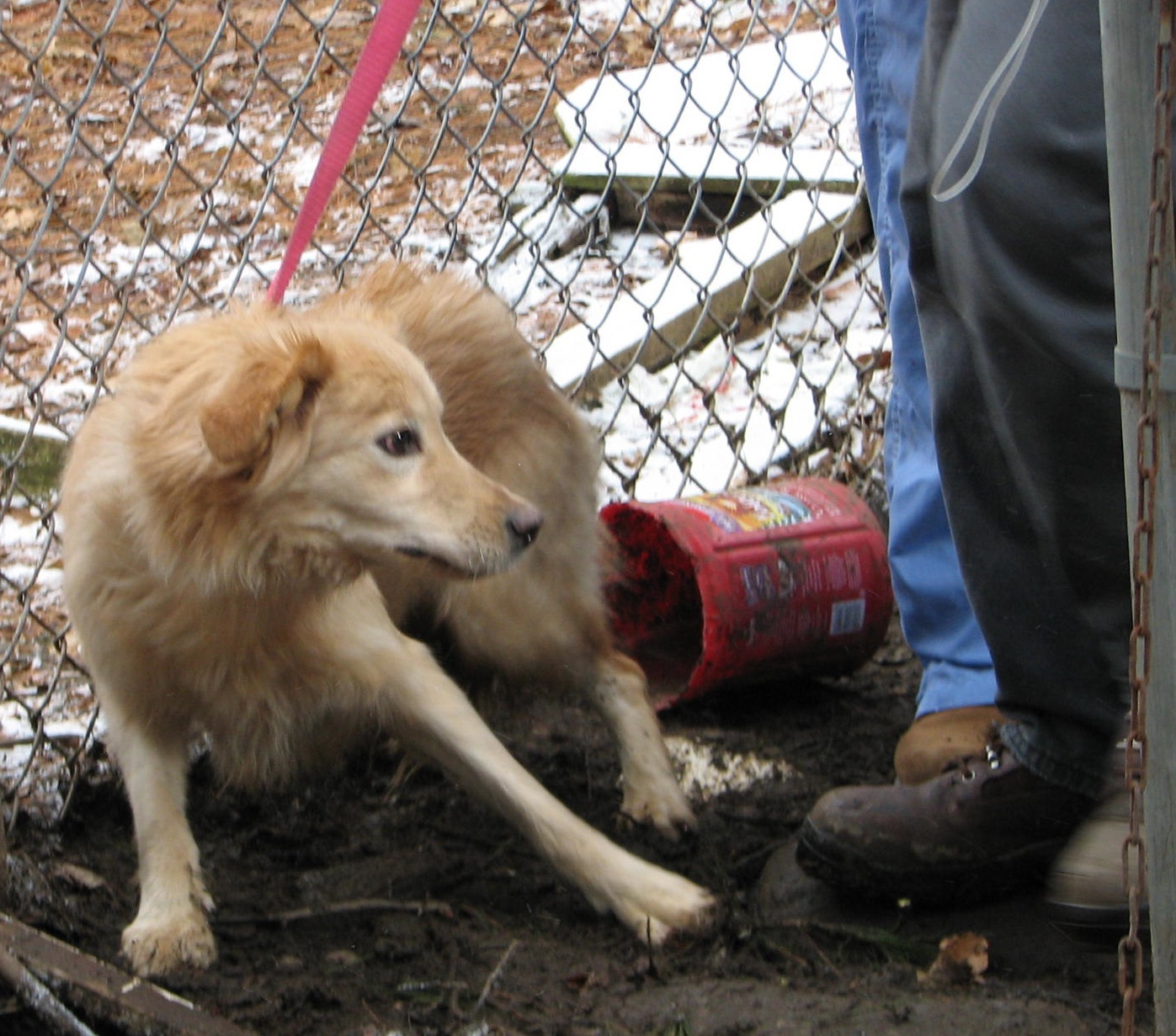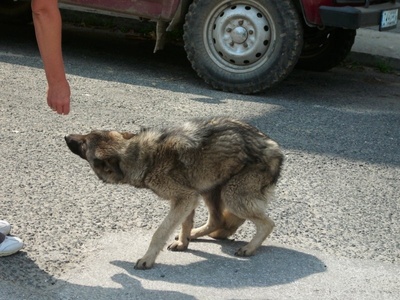Fearful/Shy Dog Workshop
Dogs Out Loud
June 8, 2014
How do you build a relationship quickly?
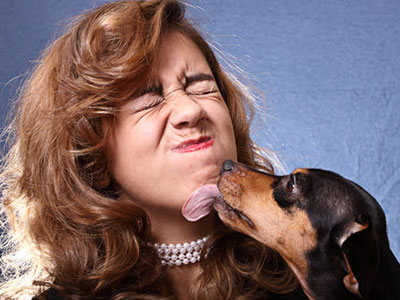
Stages of Fear
- Anxiety - low end. Trigger does not need to be present for dog to be anxious about it.
- Fear - necessary for survival. Innate fears vs. learned/acquired fears.
- Phobia - extreme. Instant, doesn't build up over time. May need to be treated with drugs in conjunction with behavior modification
Fight or Flight Response
- Fight - if dog has no other choice, feels trapped. Collar grabbing - not a good idea.
- Flight - if the dog has the opportunity.
- Freeze - assessment period. Most people can identify the freeze.
- Fool Around - can appear that dog goes into play mode, or starts sniffing, or just starts doing something else.
What does "fear" look like?
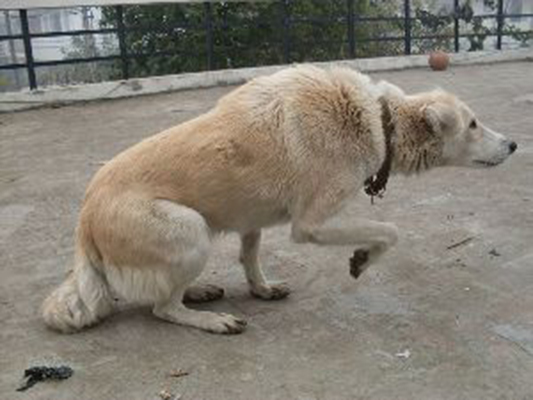
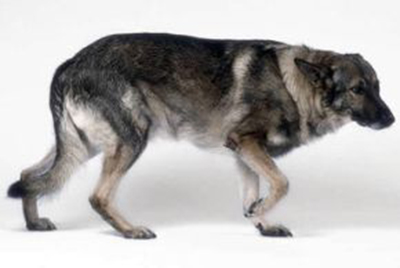
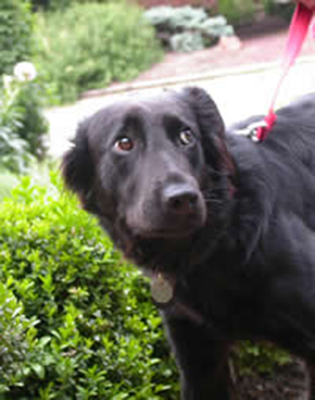
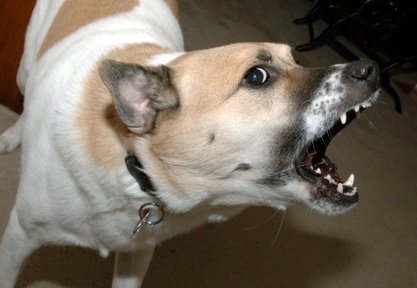
Fear Responses:
"Calming" or "Cut-Off" Signals
"Dogs live in a world of sensory input: visual, olfactory, auditory perceptions. They easily perceive tiny details - a quick signal, a slight change in another's behavior, the expression in our eyes."
(Turid Rugaas - Calming Signals - The Art of Survival)
- dilated pupils
- rapid blinking
- elongated eyes
- closed mouth
- or opens/closes
- puffy flews (upper lips)
- ears back
- muscle tension
- tail lowered/tucked (covering the scent glands; I'm not here!)
- body lowered
- paw raised (appeasement gesture)
- body leaning away
- head/body turned away
- lip licking (usually repetitive)
- yawning
- restlessness/ hyperactivity pacing
- vigilantly scan environment
- piloerection
- shallow breathing/panting
- shaking off
- scratching/sniffing/stretching/something that out of the normal
- decreased, thick salivation or profuse water salivation
- approach-avoidance behavior (dog may appear to be friendly one minute and then fearful or even defensive the next)
- Perspiring paw pads
- Blowing/shedding fur, dandruff
- Loss of appetite (food/water)
- Or perhaps an increase in water!
- Diarrhea
- Excessive grooming
How can you use the dog's own language to help you understand and react to what your dog is telling you?
Video: Common Calming Signals - The Sophisticated Dog's Videos
What is the dog afraid of, and why?
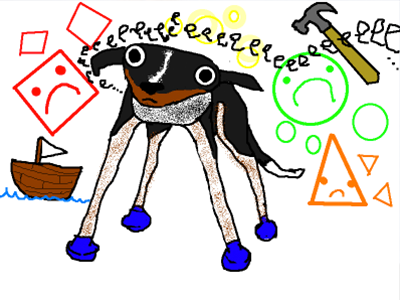
What are some things dogs
could be afraid of?

People, other dogs (is that reactive dog really aggressive or is he afraid), touch (in certain spots or all over), sunglasses, vacuum cleaner, backpacks, other animals, thunder/lightning/rain, water, brooms, changes in the environment, cars, hoses, noises, lawn mower, hats, being alone, nail clipping, statues, flags, umbrellas, roller skates, shovels, towels, wheel chairs/canes/crutches, garbage trucks, baths/bathtubs, stairs, buckets, wheel barrows
Don't jump to conclusions
"If only that hadn't happened,
(Suzanne Clothier - If Only That Hadn't Happened, This Dog Would Be Fine)
this dog would be fine."
Really?
Things to Remember:
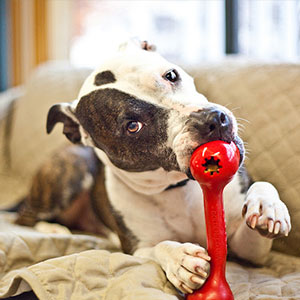
- Just because a dog is afraid of a person or object doesn't mean he's been abused.
- In a home, that same dog may not end up being afraid of that same thing, or being fearful at all.
- Does "why" matter? Unless you know the story, you may be worrying about nothing at all.
Shy/Fearful dogs need time and space
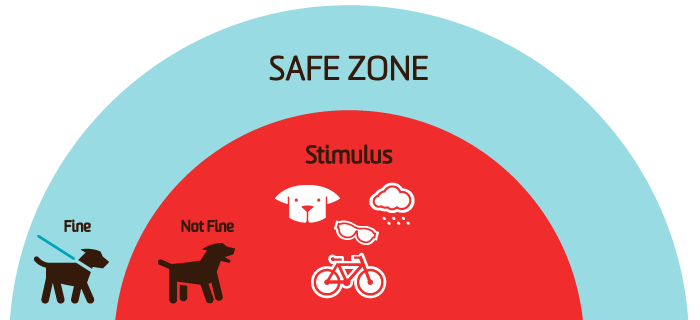
You just can't put a timeline on trust.
But by respecting a dog's threshold and giving her a little autonomy whenever possible, you can build a relationship a little more quickly.
Threshold: finding the sweet spot
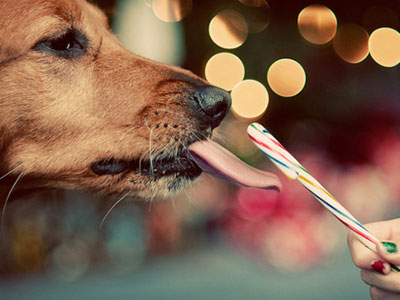
"'Threshold' is the sweet spot, the place where learning and thinking occur, where choices are possible, and where behavior changes (good ones!) can happen."
(Suzanne Clothier, "Understanding Thresholds: It's More than Under- or Over")

What is your threshold?
Everyone has one!
Build the dog's confidence so he wants to narrow his threshold on his own, and will stay with you after he gets there.
How?
Video: Local trainer and DOL Behavior Consultant Steve DeBono introducing himself to a fearful dog: http://m.youtube.com/watch?v=rVMi1kpqZoU
Just a little autonomy can go a long way
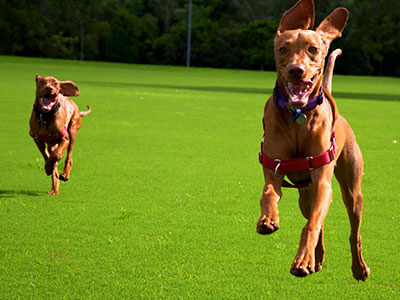
Sometimes fearful dogs get "stuck"
Before deciding on what action to take, assess the dog (maybe again) and try to determine:
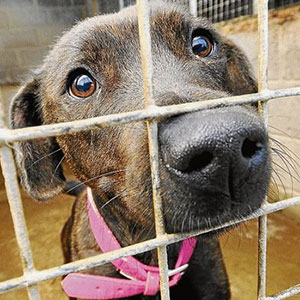
- Is the dog afraid?
- Is he just not ready yet?
- Has he learned that acting this way keeps him from having to do something that seems way too hard?
- Does he really want to do something you're not allowing and it's affecting his confidence?
Fearful dogs need to feel like they have some say in what's happening to them.
(Kathy Cascade - Cascade Animal Connection)
Movement is important. Allow the dog to move; it gives her a choice in the situation. When a dog feels like she can move away freely, she will be more confident to approach.
Even in the shelter environment, there are some easy things you can do to help the fearful dog gain a little autonomy.
Path of least resistance
Can you:
- Go this way instead of that? Which way does the dog want to go?
- Use a harness instead of a slip lead?
- Walk on the other of the fence rather than next to the kennels?
- Go out the side gate instead of the lobby?
Mindful Use of Food and Touch
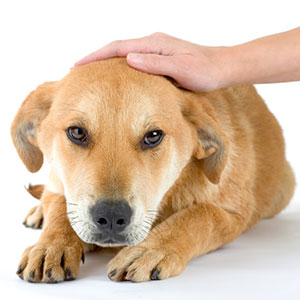
- Use only as much food as you need to build a relationship and teach
- Use food when: it's helpful; to make a connection; to build trust; in training; or, to change the moment.
- Check your touches - position, speed and pressure matter
- Everyone almost always needs to slow down, and either use more or less pressure.
Soften the environment
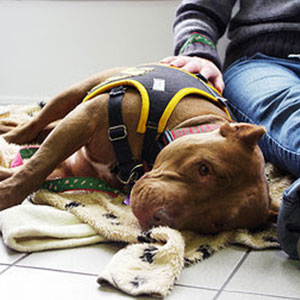
- Visual/Auditory barriers
- Alternative housing solutions: foster, behavior suite, office, Life Rooms
- In-kennel safety - soft bed/blankets, barrier, available enrichment
- Holistic calming aids: Rescue Remedy, Peaceful Paws, DAP, etc.
Working with the Shy or Fearful Dog
Moments, Not Minutes
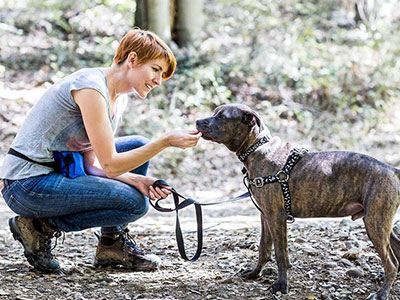
Keep sessions short; end on a positive note, even if it wasn't mind blowing
Give as much autonomy and freedom of choice as possible, given the situation.
Be neutral.
Know when to let the dog set the pace, and know when to push and how much.
Allow the dog to move away as needed. Once a dog realizes he isn't trapped and has the choice to move away, he may be willing to work with you.
What are you saying to the dog without saying anything at all?
Look in the mirror: Are you ready for your date?
Check your body language
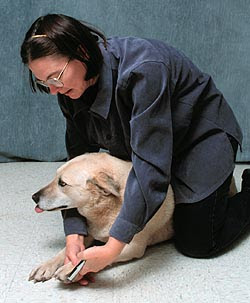
Are you crouched, turned, hands to your sides, breathing, relaxed, confident?
![]()
Check your face

Is your mouth closed but smiling? Eyes averted? Head turned slightly?
![]()
Check your voice

Check your accessories
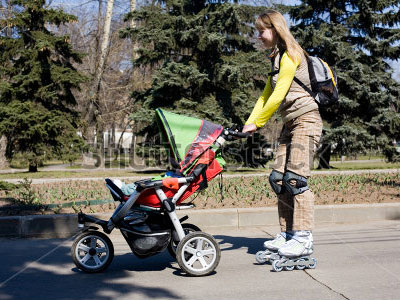
Are your keys/phone/etc away, hats/sunglasses/roller skates off, bags tucked, treats open, leash/harness untangled and ready to go?
Now you're ready to go (but go slowly!).
Working as a Team:
What are you saying to each other?
What is the dog communicating with his body language?
What are you saying with your body language?
![]()
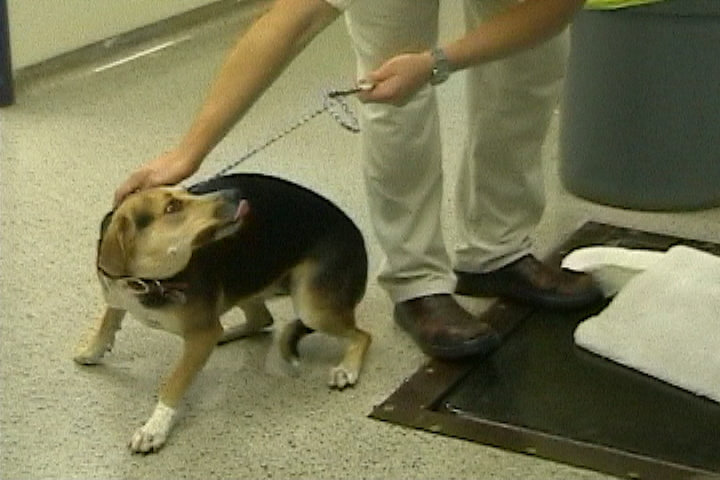
Find and use what the dog loves as motivation
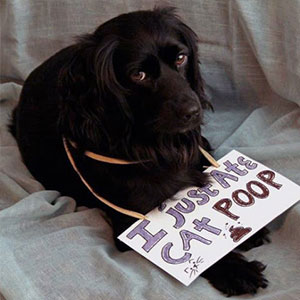
If he will eat, you can begin working.
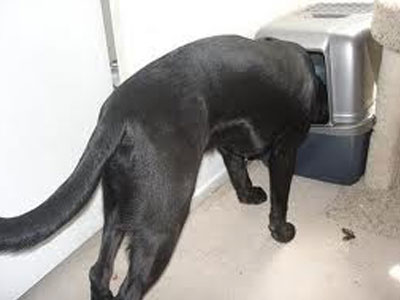
Experiment with different values of treats/food until you find something that will help you build that relationship.
![]()
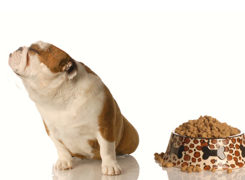
If he won't eat and you're pretty sure he would normally nom some goodies, you may be over threshold, your treats may not be high value enough, the situation may be too stressful, or he may already be full.
Find some other way to motivate him.
![]()
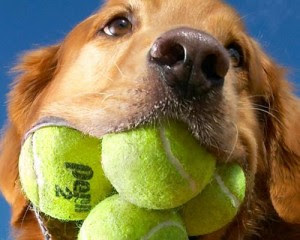
Maybe he won't eat your treats but he loves a toy or some other activity. Use that to make a connection instead!
Equipment - so the dog feels safe

- Harness (preferrably) or martingale collar; avoid slip lead
- Wraps (often with TTouch)
- Thundershirt
- Treats!
- Car
- Life Rooms - setting up a life room can be key to reducing stress ("downtime") and getting a dog ready for a home
Activities and Games to Build Confidence
Do these in kennel as well as out.
- Be present with the dog: read, check email (the one time that's okay!), play music or sing, etc. Just be with the dog.
- Hand feeding is nice, but difficult in this environment
- Treat/Retreat
- Touch and Treat (or Pet and Pay)
- Relaxation Protocol
- Pattern Games
- Tricks (Sit, Stay, Touch, Shake, Rollover, Come When Called, Leave It, etc.)
- Nosework
Using BAT
"Behavior Adjustment Training, or BAT, rehabilitates dog reactivity by setting up safe situations where your dog has a chance to learn about the dogs, people, etc. that trigger reactivity and helping her realize that she can meet her needs in other ways."
(Grisha Stewart - Empowered Animals)
Link: How to BAT on a walk
Using TTouch
"[TTouch] is widely accepted as a powerful method to improve behavior, enhance performance and health and teach a dog to learn willingly. It helps establish a deeper rapport and more effective connection and understanding between humans and their animals."
(from What is TTouch?)
The Tellington TTouch Method is comprised
of four components:
THE END
Dogs Out Loud | www.dogsoutloud.org
Created using Reveal.js
Resources
Articles
Resources
Videos/How Tos
- Treat/Retreat
- Touch and Treat (or Pet and Pay)
- Relaxation Protocol
- Pattern Games
- Tricks (Sit, Stay, Touch, Shake, Rollover, Come When Called, Leave It, etc.)
- Nosework
